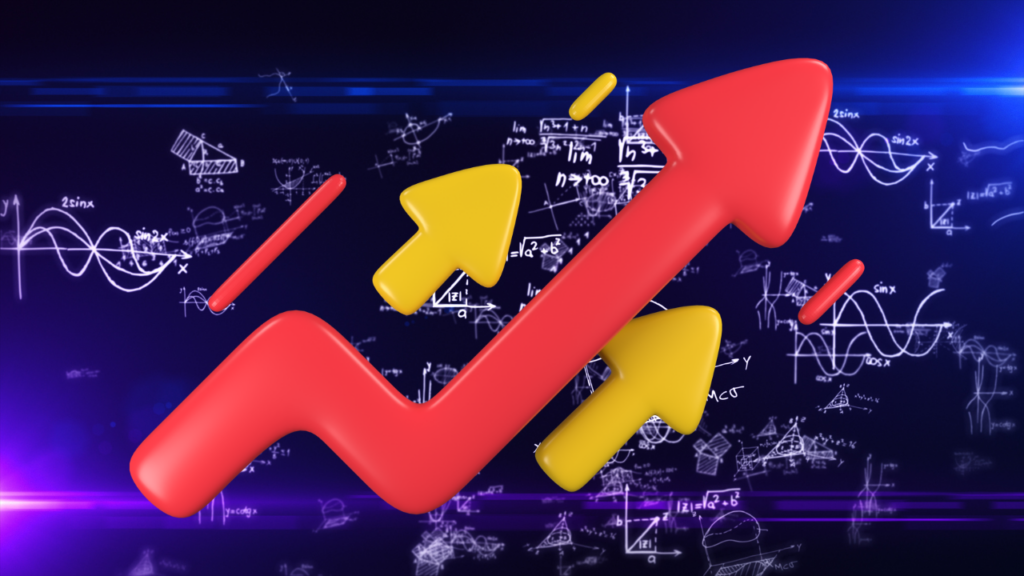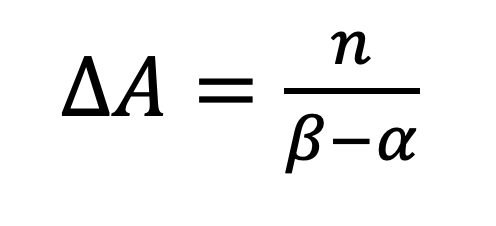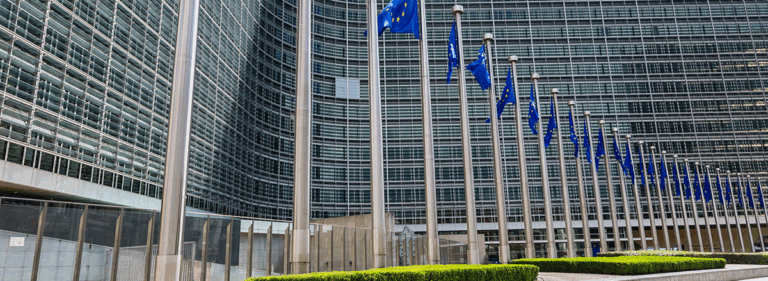Will artificial intelligence cause an economic growth explosion?

Of the many declared benefits of Artificial Intelligence (AI), one of the most enduring is that it will boost economic growth. This is not unreasonable. Innovation – new ideas – is a primary driver of economic growth.
The ideas production function
The growth of new ideas, denoted by Δat can be represented by the ideas production function:

This describes new ideas generated by the share (s) of the total population (P) who works to discover new ideas and delve into the stock of existing ideas. The ideas production function is well established in economic growth literature, and although there are variations, this is the basic point of departure.
The parameters for research productivity λ and spilling-over of ideas ϕ are critically important. If intertemporal spillovers of ideas are positive, ϕ>0, we have a “standing-on-shoulders” effect, after Sir Isaac Newton’s famous quote “If I have seen further, it is by standing on the shoulders of giants.”
If, on the other hand, there is a “fishing-out” effect, where ϕ is greater than one, after the case of a pond with only a limited number of fish. In this case, just like it will be harder to catch new fish in a pond with many fishermen fishing if ϕ is less than one, then ideas may get “harder to find.”
λ measures the productivity of researchers or inventors seeking new ideas. If λ is greater than 1, there are complementary effects between the efforts of researchers: the more there are, the better everyone will function. However, if λ is less than one, a researcher’s productivity will decline as the overall number of researchers increases. It is a “stepping-on-toes” effect.
The “empty planet” result
The ideas production function indicates that the more people (P) there are, the more ideas are generated. It means that a decline in population growth would lead to a decline in innovation and economic growth.
A recent paper calculated that “If global population growth turns negative, and declines by 1% p.a., then world GDP growth would drop to zero in “somewhere between 85 to 250 years.” With population growth already negative in an increasing number of countries, it would seem the end of economic growth is not too far off. Whether this is good or bad overall is not a straightforward issue. However, that discussion falls outside the scope of this article.
Explosive economic growth from AI
Scholars have recently suggested that the end of economic growth can be avoided. It has even been claimed that artificial intelligence can trigger an economic growth explosion, defined as economic growth of 30% p.a.
How can AI cause economic growth rates to accelerate so much? Two broad ways have been identified. The first is that AI can automate the discovery of new ideas. The second is if AI improves to at least an Artificial General Intelligence (AGI) and becomes a form of accumulable labour. This labour does not depend on the natural cycle of birth and death to which humans are subject and can be produced like any piece of machinery.
As accumulable labour is still only science fiction, the remainder of this article will be concerned with automating the discovery of ideas. The notion of AI automating idea discovery is that AI is an innovation in the method of innovation. It can, for instance, help human researchers to clean and shift through vast volumes of data much faster, eliminate unfeasible combinations of ideas in advance, help in new product development, service design, digital prototyping, and just generally bearing brute computing power to bear on finding the proverbial needles in haystacks. Thus, AI can automate many tasks that human researchers used to do.
AI in the ideas production function
The automation of ideas discovery can be incorporated into the ideas production function by writing ϕ=1−(β−α), where β is the extent of fishing-out of ideas, and α is the share of researchers whose jobs are automated by AI. With the population growing according to a rate of n over time, then it is easy to show that the growth rate in new ideas production is:

From this, if α approaches β in size, the ideas and economic growth rate would “explode” as the expression will approach infinity in finite time. If β=0.10 for instance, then 10% of research jobs must be automated for economic growth to explode. Note, however, that in the above, it is assumed that λ is constant, i.e. researchers do not step on each other’s toes.
Will AI trigger explosive growth?
We can now answer the question, how likely is it that AI will trigger an economic growth explosion?
The answer depends on β, fishing-out of ideas, ϕ, the spillover of ideas; and λ, researcher productivity. The first empirical evidence, in 2020, by Bloom et al for the US, found ϕ=−2.1. This means that since ϕ<1 ideas are getting “harder to find.” They concluded that “just to sustain constant growth in GDP per person, the U.S. must double the amount of research effort searching for new ideas every 18 years to offset the difficulty of finding new ideas.” Such parameter values imply that it is unlikely that AI will trigger an economic growth explosion.
More recently, Klüppel and Knott argued that Bloom et al. did not accurately measure research productivity. They estimated ϕ=1.02 to 1,24 using different measures. This means ideas are not getting “harder to find”. However, they found that λ=−0.10, suggesting research productivity in the USA has declined because of a stepping-on-toes effect. They offered various “pathologies in how R&D is organised” to explain the negative sign.
Whether the magnitudes estimated by Klüppel and Knott will generate explosive economic growth is doubtful. Moreover, AI may even worsen the pathologies in R&D, i.e., it may worsen the stepping-on-toes effect. There are at least five ways in which this could happen. One is that AI can increase “mundane knowledge work”; it may have a winner-take-all effect that slows down the diffusion of AI; AI may continue to fuel a reproducibility crisis in science; it may facilitate the discovery of dangerous ideas, such as new bio-weapons; and AI may be over-regulated given the widespread media portrayal of AI as on the brink of automating jobs, enabling various digital dystopias, just being “awful,” and even posing an existential threat.
One could counter this conclusion by arguing that the ideas production function specification used to plug in estimates of the sizes of the standing-on-shoulders, stepping-on-toes, and fishing-out effects in research is static. To address this, Almeida, Naudé and Neves Sequeira introduced dynamics. They modify the ideas production function by modelling AI as a research-augmenting technology, AI as a researcher scale-enhancing technology, and AI as an innovation facilitator. Using data from the USA, their simulations show that an economic growth explosion would occur only under very unlikely combinations of parameters.
Will AI become a homeostatic regulator of economic activity?
AI may boost innovation by facilitating the discovery of new ideas. But we should not overestimate the impact of this on economic growth. An economic growth explosion, as some have mooted, is unlikely. It is, on the contrary, quite possible, as has been shown theoretically, for economic growth to stagnate in the presence of AI.
Perhaps it is time to go beyond the simple AI-economic growth relation as economists have done so far to consider, as I have argued elsewhere, the role of AI as a homeostatic regulator of economic activity.
Further Reading:
Derick Almeida, Wim Naudé, and Tiago Neves Sequeira (2024). Artificial Intelligence and the Discovery of New Ideas: Is an Economic Growth Explosion Imminent? IZA DP No. 16766.
Thomas Gries and Wim Naudé (2021). The Race of Man and Machine: Implications of Technology When Abilities and Demand Constraints Matter, IZA DP No. 14341.

































